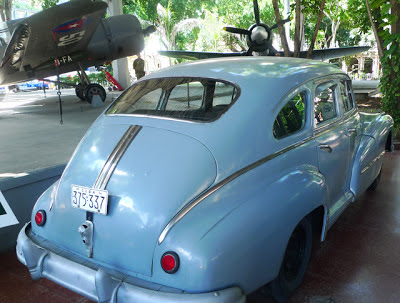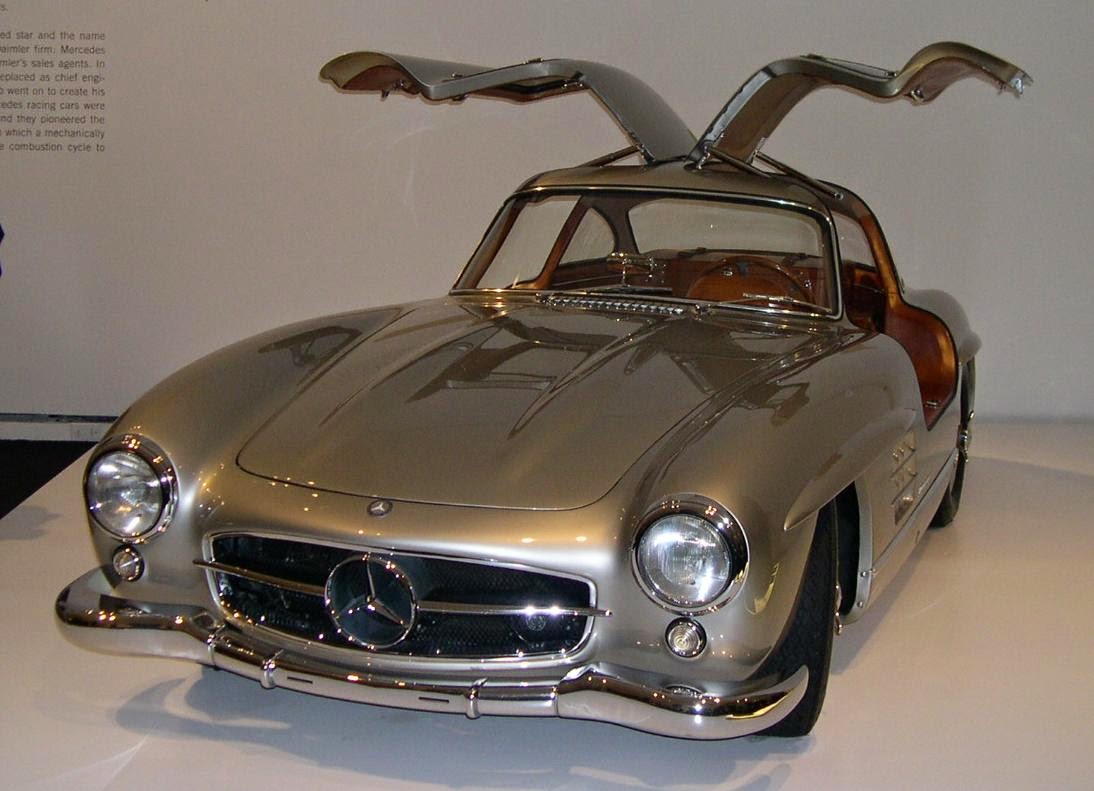Bright soldiers of the Revolution
 |
| Batista opponents ferried weapons in this 1948 Pontiac Streamliner Deluxe sedan. |
Of course, so do the cars and trucks chugging along the Havana streets outside the Museo de la Revolución, which is home to the memorial. And there's no admission charge to see them.
Yet the collection is well worth the memorial's modest, 2-CUC (or so) admission fee, both for its direct connection to historic events – here, for example, are the trucks in which Fidel and Raúl Castro traversed the steep slopes of Oriente Province as they led their rebel forces – and for its lessons on how the revolutionaries embraced and adapted the technology of the day for their guerrilla warfare.
You'll see a delivery van that became a troop carrier for an assault on Batista's palace, and a tractor transformed with thick plating into a tank that saw action in the Battle of Yaguajay. Nearby is a blue Pontiac sedan, its unremarkable exterior belying its role as weapons carrier between Havana and Las Villas Province.
There are airplanes, bought for Batista's air force but used by Castro's new government to repel the Bay of Pigs invaders, and the engine of an American U-2 spy plane shot down in the Cuban Missile Crisis.
The centrepiece is the Granma itself, the quaintly named cabin cruiser that in 1956 carried the Castros and 80 followers from Tuxpan, Mexico, to the remote corner of Cuba from which they would begin their campaign. The motor yacht, a Streamline Moderne melody of planes and curves, resides behind thick tinted glass, like Lenin in his tomb.
For the cars and aircraft alongside, protection comes from the pavilion's tall, multi-level roof, its geometric shadows ensuring that these key players in the revolution will never fade under the tropical sun.
 |
| Among the exhibits is an American-built Vought OS2U-3 Kingfisher observation plane. |
In the next few posts, I'll provide a closer look at the collection.



Comments